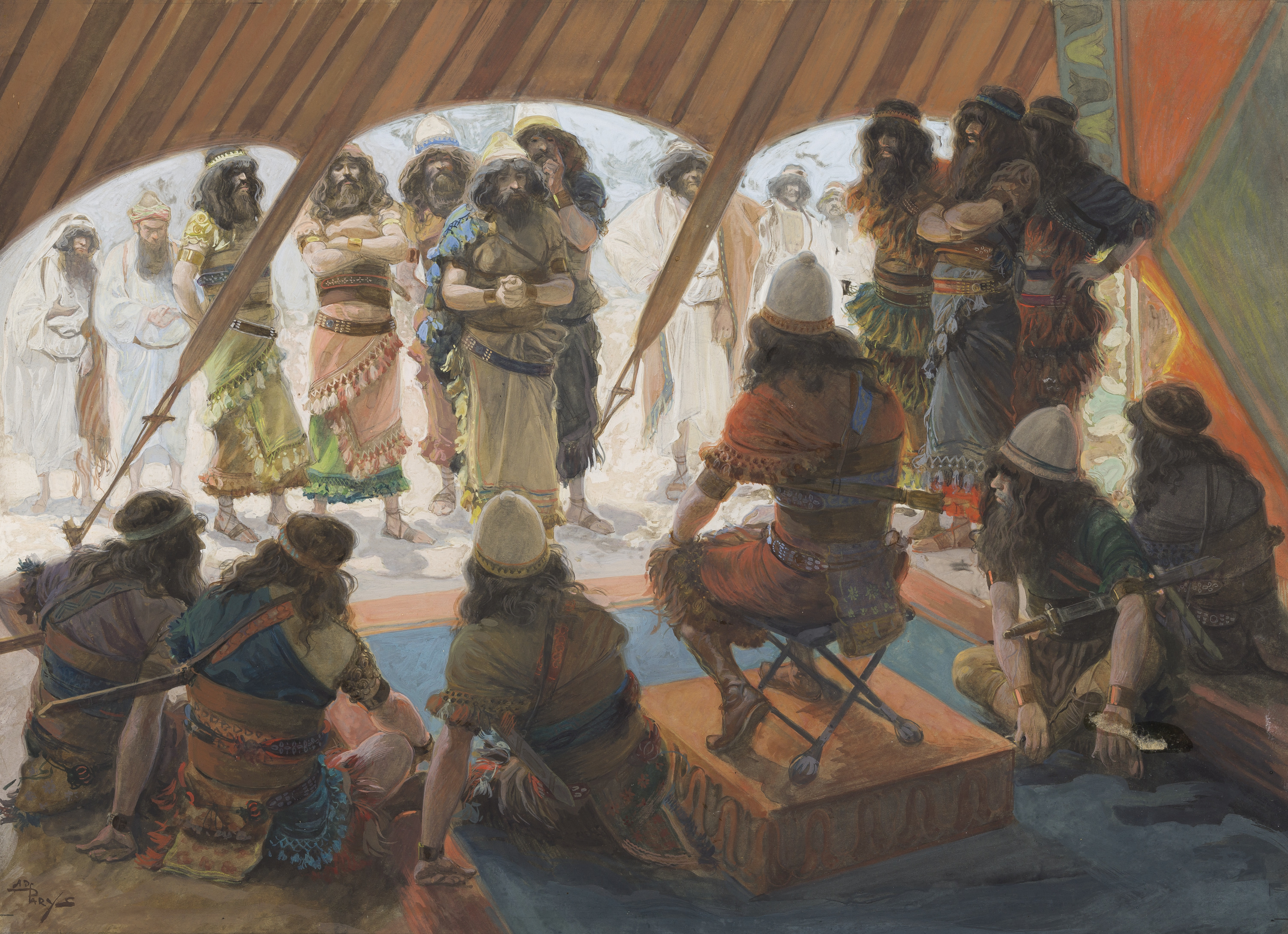Compromise Welcoming Cymbals Honoring Parents Maccabees Judith Listening Women in Tanakh Ravens The Matriarchs Rome Sapphires Roosters Seder Chanukkah Bar Mitzvah Free Will Eulogies Purpose of Life Stars Haggadah Converts Heavens Jonathan Sacks Rambam Kabbalah Shofar Renewal Eishes Chayil Manna Sacrifice The Nile River Vegetarianism Wine Kashrut Kodesh Deserts Violence Joy Rams Mother Rosh Chodesh King David Shema Dreams Gemorrah Hearts Showbread Colors Clothing Mindfulness Commandments Purim Dinah Esau Unity Donkeys Wolves Ramban Miracles Visiting the Sick Lashon Hara Kaddish Incense Matzah Secrets Yom Tov Science Splitting of the Red Sea Education Trees Flood Kidneys Pearls Tekhelet Sleep Faith Burial Marriage Samson Tzitzit Azazel Genesis Dirt Fasting Sanhedrin Courage Ants Creativity Medicine Sukkot Ushpizin Dew Science Curiosity Naomi Birds Bread Tikkun Olam Birds Golems Elections Book of Life Time Mountains Chumash Mikveh Eve Song of Songs Constellations Synagogues Anointing Oil Prayer Love Candles Arts and Culture Physicality Lioness Grace Priesthood Poetry Birthdays Willows Joseph Jonah False Prophets Etrog Stealing Four Questions Scorpions Protection Generations Stones Sun Kindness Generosity Light The Four Rivers Anger Kindness Peace Mitzvot Kippah Beauty Minyan Elul Sadness Wells Covenant of Salt What are you curious about? EXPLORE BY TOPIC Kidneys Pearls Kodesh Deserts Violence Incense Matzah Secrets Yom Tov Stars Haggadah Converts Heavens Science Curiosity Naomi Physicality Lioness Grace Priesthood Poetry Azazel Genesis Dirt Fasting Sanhedrin Courage Ants Constellations Synagogues Anointing Oil Eishes Chayil Manna Sacrifice The Nile River Vegetarianism Compromise Welcoming Cymbals Honoring Parents Etrog Stealing Four Questions Scorpions Protection Generations Stones Sun Birds Golems Elections Book of Life Women in Tanakh Ravens The Matriarchs Rome Sapphires Roosters Seder Unity Donkeys Wolves Ramban Gemorrah Hearts Showbread Colors Clothing Mindfulness Kin Kippah Beauty Minyan Elul Sadness Wells Covenant of Salt EXPLORE TOPICS What are you curious about? We use cookies to give you the best experience possible on our site. Click OK to continue using Sefaria. Learn More . OK אנחנו משתמשים ב"עוגיות" כדי לתת למשתמשים את חוויית השימוש הטובה ביותר.קראו עוד בנושא לחצו כאן לאישור
